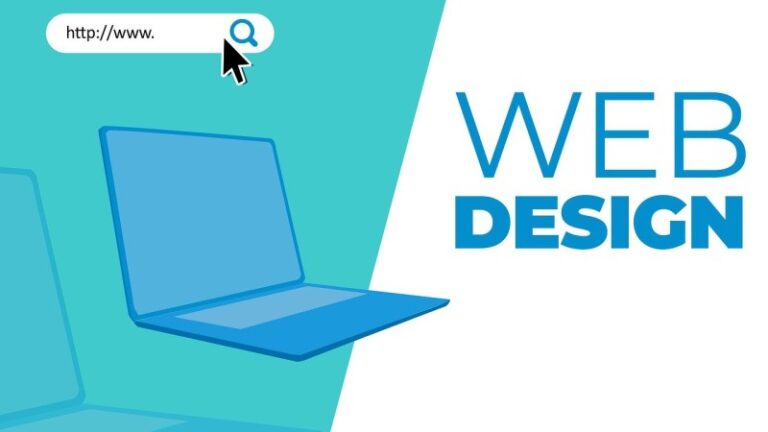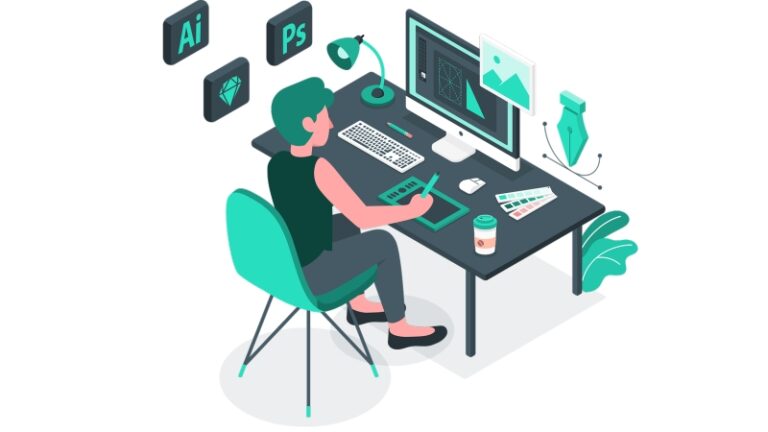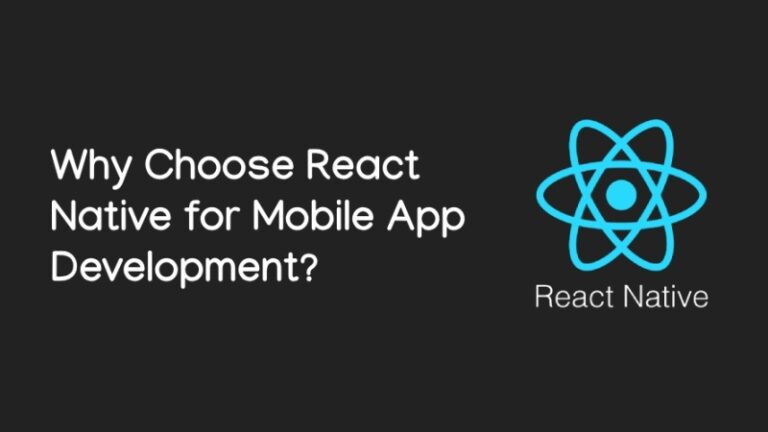Over the past couple of years, there’s been significant changes in the area of web design. In the years to follow however, we can expect web design to edge towards the future, in sync with the new technologies hat emerge. While we can expect that there won’t be any radical changes in terms of web design, it does stand to reason that some aspects of web design are likely to become more popular than others, depending on the year.
In this article, I intend to highlight a number of trends that are making an impact right now, and for the next couple of years.
Top 5 Web Design Trends
Use of Black and White Palettes
When your primary objective is to capture leads by dictating the mood of those that visit your site, the right colour scheme becomes crucially important. When you use the right colours, it can make your site more user-friendly, while at the same time, making your brand standout. Many people believe that the use of black and white palettes, is a trend that will be around for quite some time now.
Though, the use of black and white may seem fairly uncreative. The reality is that when both used together they go a long way in complementing one another. White gives a site a more clean and streamlined vibe. Whereas black gives off a more opposing and assertive appearance. When used in combination with one another, they can make a site look unique.
When a black and white palette is used, it makes us perceive things differently. It makes the textures and shapes on a site appear more prominent. When a web designer decides to add an additional colour, this can be used to guide the visitor’s eyes to different areas, important areas of the site.
Mobile First
More people surf the internet on their mobile device than they do their desktop systems.
So what are the implications for web designers? Well, it means, looking at things from the perspective of mobile-ready is no longer sufficient. Because most visitors view your site on their mobile device, it makes sense to build your site from that perspective – the mobile viewer. You’ll need to think and approach things from a newly creative angle to get things right.
Google has already made this change, by shifting everything over to the mobile. This means, when viewing your website, it acknowledges the mobile component of it first, before looking at the desktop version of your site. If your site doesn’t have a mobile component to it, it can adversely affect its rankings in the search engine, at least its mobile rankings, that is.
You want to alter your mind-set so that you’re looking at making the best possible experience for mobile viewers, before anything else. This means, you will have to think about image size, and compression techniques. Just take the time to look at your site through the lens of a mobile viewer when building your site, and you should be fine.
Use of Organic Shapes
Up until fairly recently, the use of triangles, rectangles and squares were most widely used. However, there has been certain changes in the industry, of recent. As visitors are now starting to gravitate more towards organic-like shapes.
Natural shapes have proven to be more insightful, adding much needed depth, while making things appear more alive. When done right, they can be effectively used to create the feeling of movement, while making the site appear alive.
Advanced Scrolling Mechanisms
We can expect scrolling to continue to evolve past the basic system that we’re all too familiar with. Infinity scrolling has remained popular for quite some time now, so it’s safe to assume that it will continue to maintain is popularity over the next couple of years. Essentially, it works by keeping visitors interested and wanting more.
Effective scrolling is especially appreciated by mobile viewers.
For example, Facebook have, for some time now, implemented a more advanced scrolling mechanism in their site. While scrolling through the site, certain areas are highlighted, effectively bringing them alive. This works through content blocks. Scrolling is not only effective when used on static content, but it’s possible to configure videos to play when the visitor scrolls to it. And when the visitor scrolls away from the video, it either pauses or stops.
Integrated Animations
The use of video has continued to rise in popularity over the past couple of years, but it’s still held back, by its bad reputation tied to search engine optimisation (SEO). When implemented the wrong way, it can tie your site down, effectively damaging it’s UX (user experience).
A little bit of animation sprinkled here and there around your site is an excellent way to make your site more interesting and engaging, without taking any big risks.
There are so many ways that you can do this, whether it’s through the form of moving text, image sliding. Or it can be something more subtle, like wings flapping or blinking of an eye, whatever you think will garner the kind of interest you seek.
Related Posts :- List of 105 web design blog post ideas
–AUTHOR INFO—
Uchenna Ani-Okoye is a former IT Manager who now runs his own computer support website https://www.compuchenna.co.uk.






